A Tattletale of Two Cities
By Ar. Sahil Tanveer
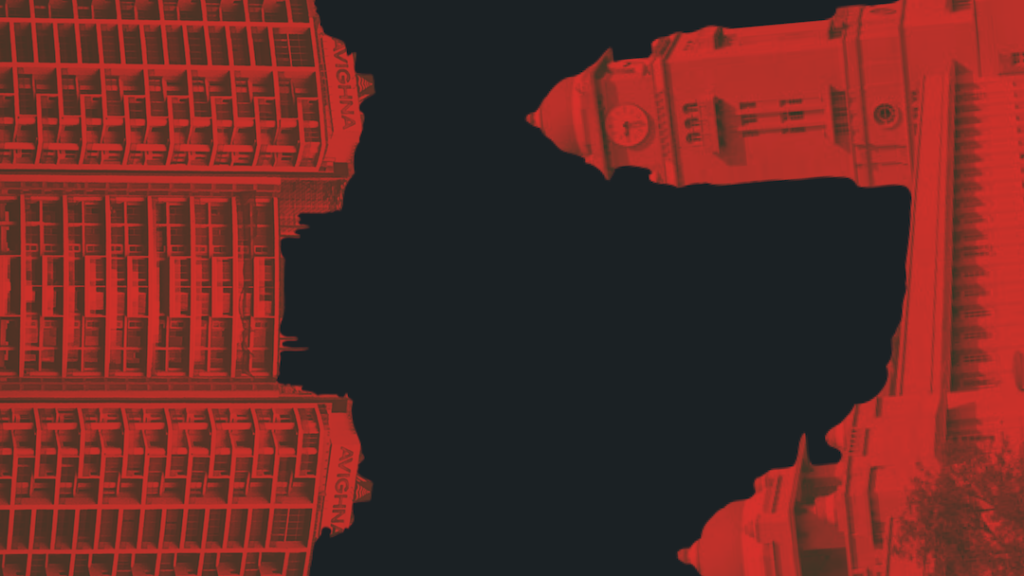
Mumbai to Dharwad © Sahil Tanveer
In my lifetime, two cities have cradled me; one is my birthplace, the beautiful, cozy green town of Dharwad, and the other one is my foster home, the city that never sleeps, Mumbai. The diversity found in the two cities and their neighbourhoods is prodigious, yet attractive in their contexts. While Dharwad is a quiet town with large open areas, flourishing patches of green, and sparsely distributed housing colonies, Mumbai is a metropolis bursting at its seams with people, vehicles, apartments, animals, and what-have-you, in a tightly knit linear, peninsular piece of land with minuscule prospects of horizontal expansion. The two cities have some very dark traits that can only be compared, examined, correlated, and understood with a personal lens of experience, perception, and acceptance.
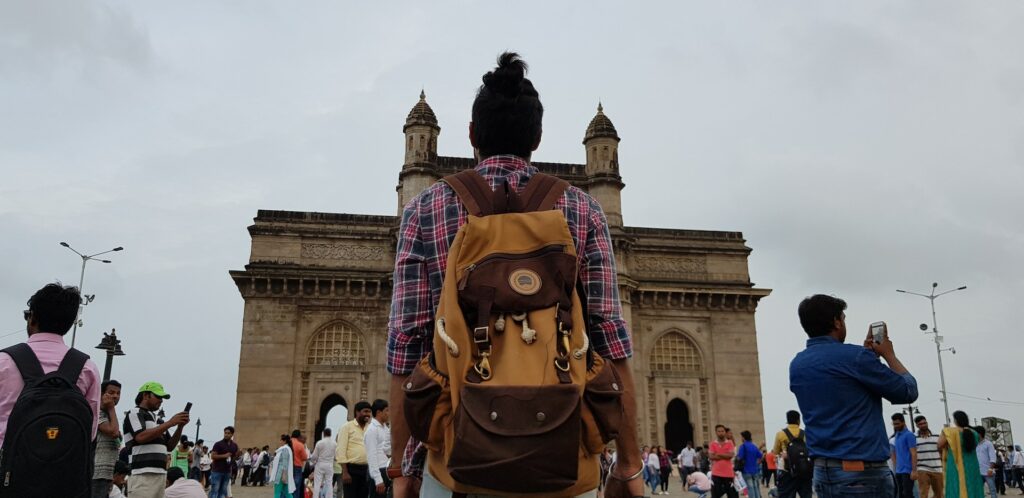
The Gateway of India © Bhupendra Singh on Unsplash 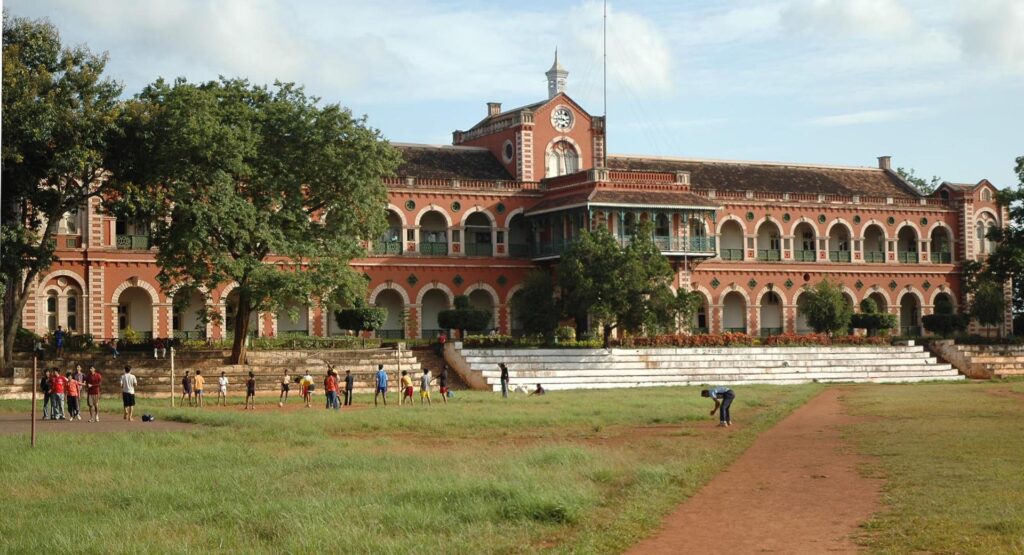
Karnataka College Dharwad © Deccan Herald
I grew up in turn-of-the-century Dharwad, schooling in a local convent with a worn-out education system and very less exposure. My experience came from spending every one of my holidays in Bombay. I don’t recall even a single holiday that I spent in Dharwad. My yearning for Bombay was so strong, that during a private bus strike, I took a public bus to Bombay, and public transport in those times was not a hoot. Bombay, now Mumbai, is any person’s dream city. It absorbs you as if you were always a part of the city, and when you want to leave, it feels like you’ve left something behind. As Suketu Mehta said in his book Maximum City: Bombay Lost and Found, “This is the true meaning of exile: some insurmountable force that keeps you from going back.” The more I talk about Bombay, the more things keep accumulating about the city that never sleeps. Whenever I would be back from Bombay, it did not take much time for me to re-adjust to Dharwad. Being a schoolboy you would expect, I would long to move to the metro from a small town, but that was not the case. There was a duality about me that loved the countryside that Dharwad offered, with its little adventures of driving through hills and valleys and walking to the nearest park or school. Spending endless hours in the local tea stall and yet having enough time on hand. There were certain things you could only do in Dharwad, while there were many things you could only do in Mumbai. But then, as time passed, I have grown to realise and wonder, that it might all have been an illusion.
“This is the true meaning of exile: some insurmountable force that keeps you from going back.”
-Suketu Mehta
Dharwad’s neighbourhood is very kind. It encourages people sitting at corners of the street every evening to talk and share stories and gossip, while every passers-by, who usually knows everyone, waves at them, on their way home from work. It is a neighbourhood that guides a new postal worker to an old household, with explicit instructions on how to reach the house and whether the old man likes to be disturbed by a ringing bell or to just drop the mail in the mailbox. It is a neighbourhood where people come out of the house to enquire about a power cut with their neighbour, but end up chatting for an hour about when the Ganesh festival is, and how and where will it take place this time around. When someone parks a car in front of your gate, a neighbour is already telling the driver to park it somewhere else. When a neighbour calls a plumber to his house, he enquires with you if anything in the house needs fixing. You live in a place long enough; the community watches over everything, like an unidentified man at your door, people trying to steal mangoes from your tree, or even sometimes when a road in the city that you normally take, is dug up, you get to know about it from your neighbour. Such is the love that hovers in a colony in Dharwad. Step out of the colony and into the city, you see the growing hostility in a modernising town. A stranger will always be a stranger to you, no matter how sweet he may be in his neighbourhood. In the larger context, Dharwad is rapidly adopting a disregard for its fellow dwellers. A misplaced sense of territorial values has led to people in the city being heartless towards the old, the disabled, and the unfamiliar. Public transport not waiting for an old woman, people occupying the disabled-only seats, shop owners declaring a piece of public property as their own, and under-the-radar harassment of women, are some things that make Dharwad, a peculiar example of a transitory town.
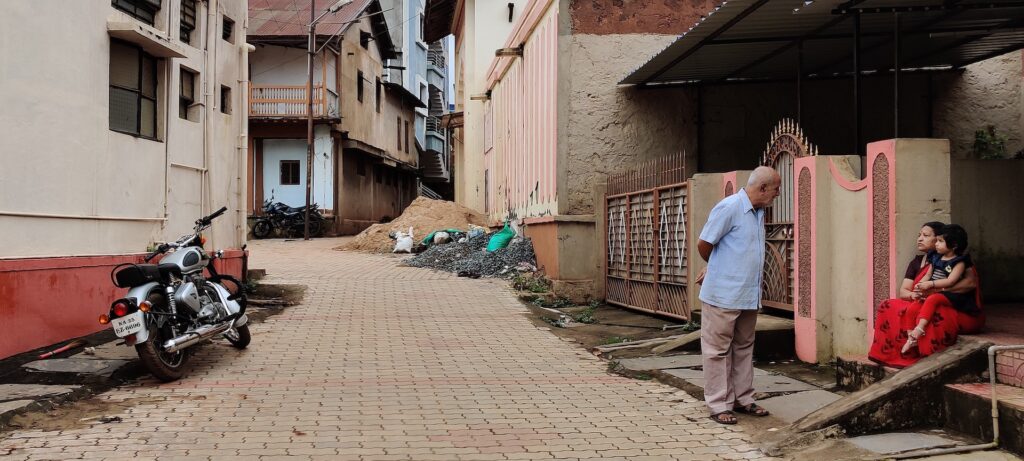
Streets in old-town Dharwad © Yashaswini RP 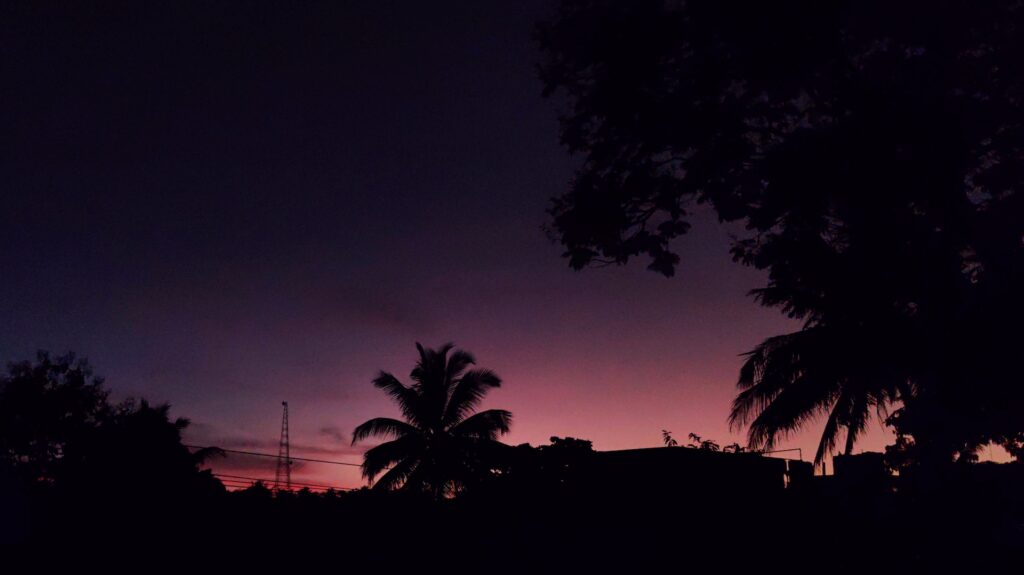
Dharwad at dusk © Prajwal Chavadi on Unsplash
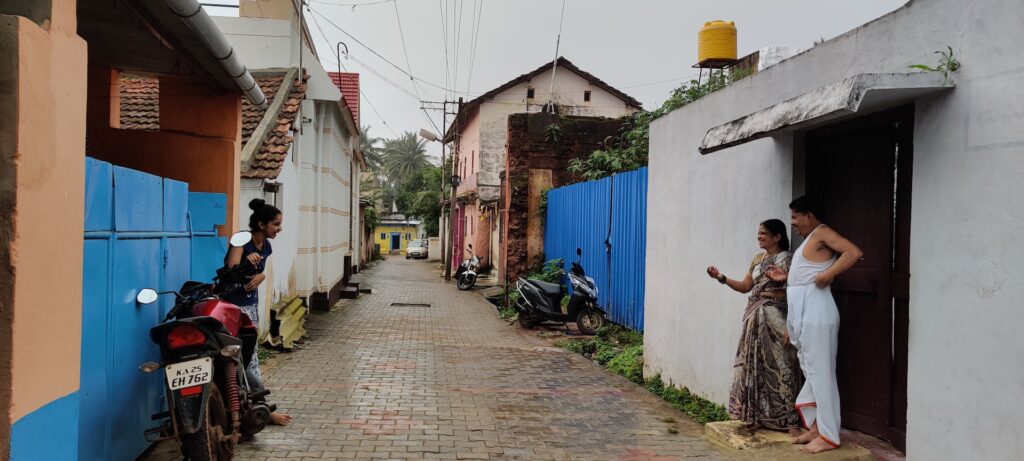
Neighbourhood Interaction in Dharwad’s Streets © Yashaswini RP
What is it that makes Bombay or Mumbai, that attractive mistress you want to visit repeatedly, without qualms, and yet, never live with? The city is a large neighbourhood. Unlike Delhi, Mumbai’s linear sprawl and extraneous migration make it a city where at any point in time you shall find at least four people in any lane. The squatters, the auto-wallas, paper-wallas, chai-wallas, night-shifters, day-dreamers, anyone, and everyone, you can find them in the by-lanes of Mumbai. Charles Correa once famously called it, “A great city and a terrible place.” Having roamed the brightly lit streets of Mumbai without fear at 2 am with a female companion, I’ve never felt freer and safer in my life than I have in Mumbai. The city’s extraordinary ability to turn a metropolis into a giant neighbourhood is clear when an automobile stops in the middle of the night to let you cross the road. When a taxi driver refuses to take extra money for the time spent finding your destination. When a traffic cop halts a bus to allow an old lady to alight. When a stranger holds on to the back of your shirt while you hang literally outside a local train, just to make sure you don’t fall off. When a bus driver makes sure the woman passenger gets preference. When you step out of the city and into your apartment building, that’s where everything changes. Mumbai is not Mumbai anymore. The nature of a person living in Mumbai is to be in the city more than at home, which the recent Pandemic has completely toppled. That is why hostility returns and remains in the household or the densely packed, vertical monsters of Mumbai, the apartments.
An average of more than a thousand people live in a standard apartment block in the city. Most of them travel every day to work and back, spending mostly just Sundays and nights at home. The antipathy to apartment living becomes apparent when a parked car blocks another car. When no one holds the elevators for people running late. When a neighbour doesn’t even smile when coincidentally picking up the newspaper together in the morning. When security guards and housekeeping staff are yelled at and treated like slaves by random residents. When hostile attacks on the society’s chairman are the only solutions to common problems. It has even happened so that two people who are good friends on the local train did not realise that they stay in the same building for a year! Hypocrisy runs wild when residents walk their dogs, picking up the poop behind them, while they don’t pick up the wrappers thrown in the elevators by their kids. An environment that creates a superficial relationship between the community and reserves validated friendships for the rest of the city.
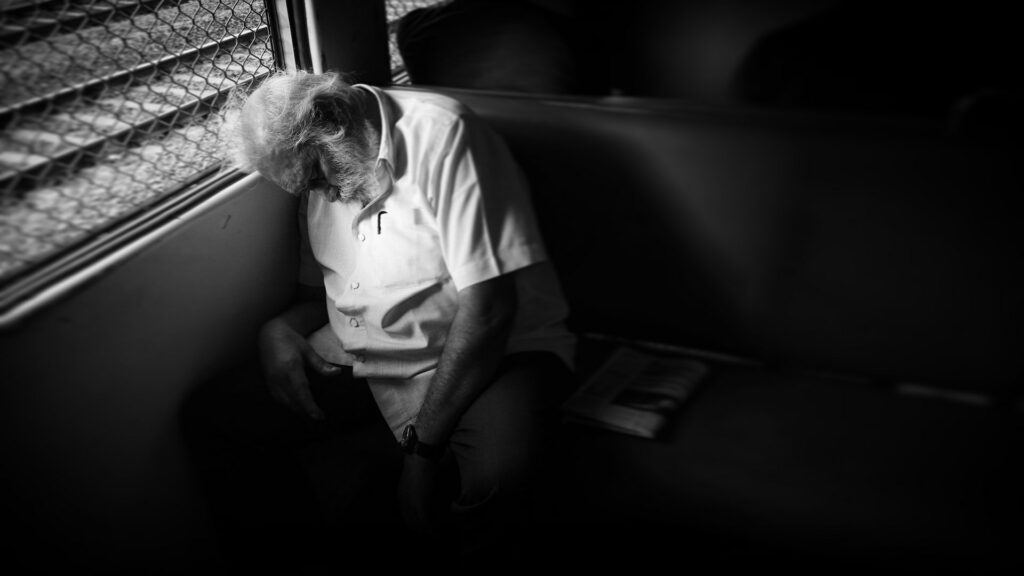
Old man in a Mumbai local © Yogesh Pedamkar on Unsplash

Taxi driver in Mumbai lost in his thoughts
© Francesco Benvenuto on Unsplash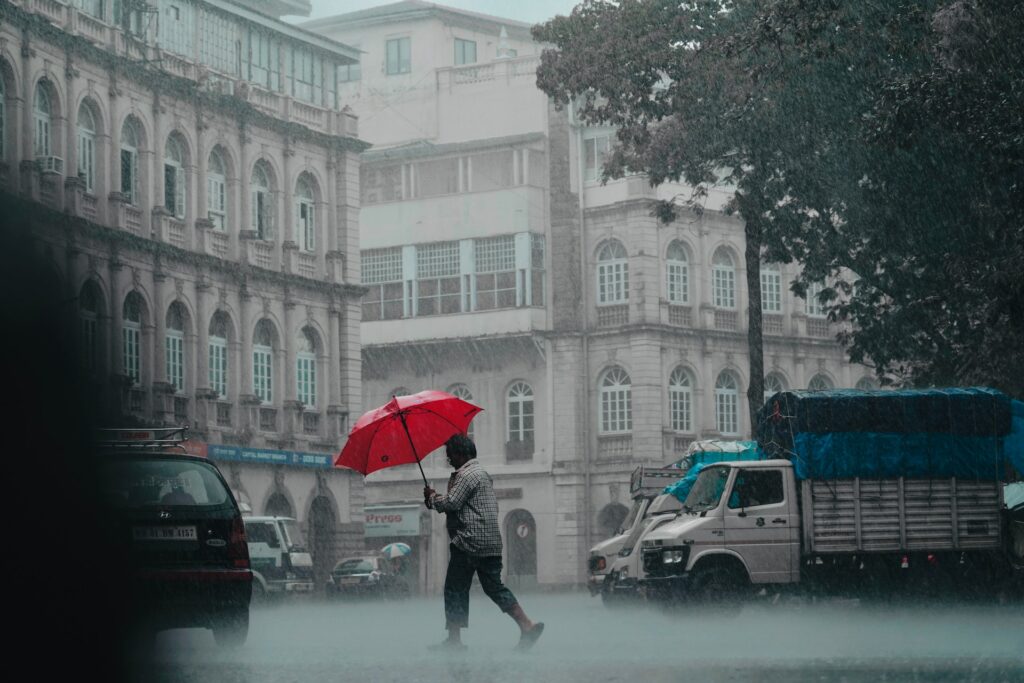
Man crosses the street in Mumbai © Santosh Verma on Unsplash
Drawing parallels from personal experiences, having lived in Dharwad, Bombay and Mumbai, I understand how Mumbai’s city life astronomically expresses the smaller neighbourhood of Dharwad and Dharwad’s city life expresses the narrow inhumanness of the apartment living culture of Mumbai. The similarities are many, yet one can only see them with a particularly aligned lens. The differences in the topography, the population, the techno-cultural advancement, and the historical references overpower these similarities between the megalopolis of Mumbai and this tiny quaint town of Dharwad.
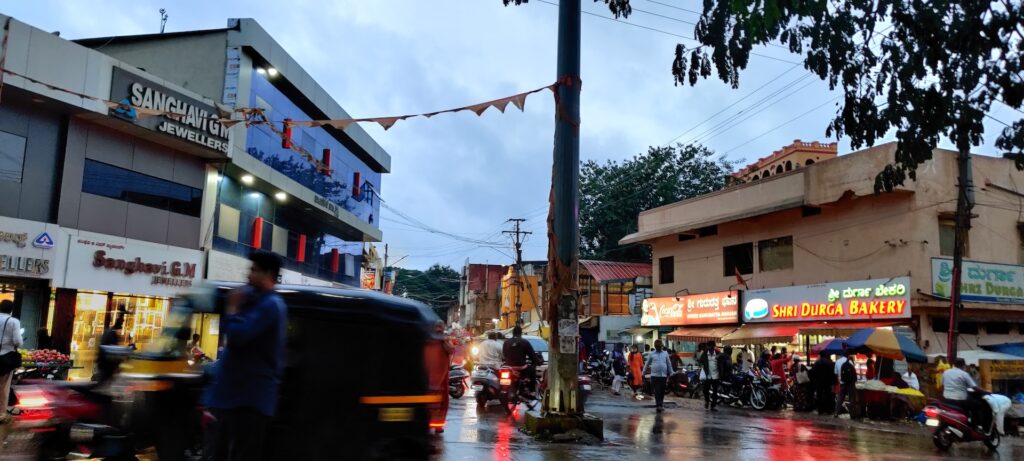
Dharwad city centre © Yashaswini RP 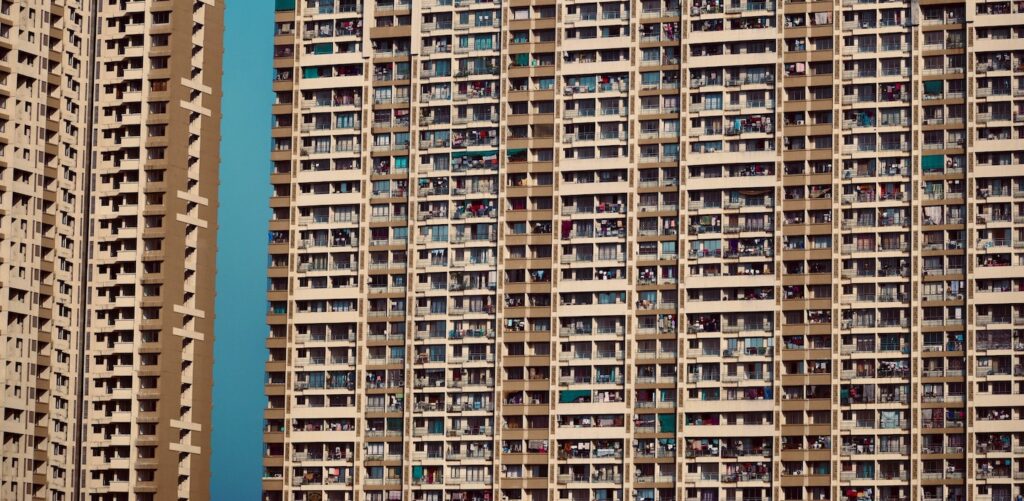
A Mumbai Apartment © Nazish Mirekar on Unsplash
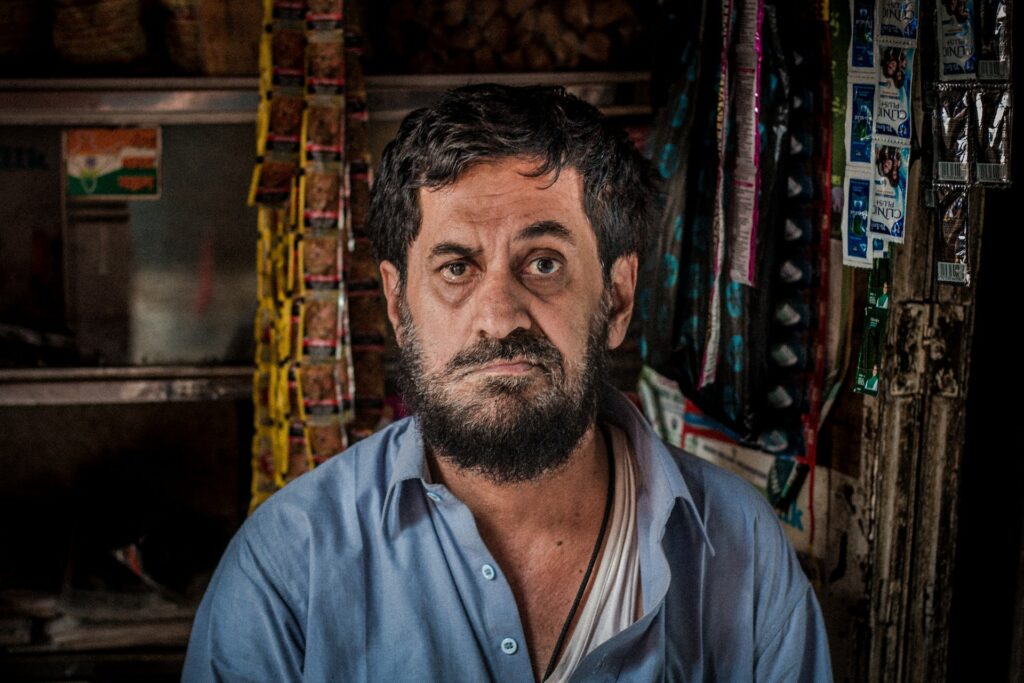
A vendor in Mumbai © Frank Holleman on Unsplash
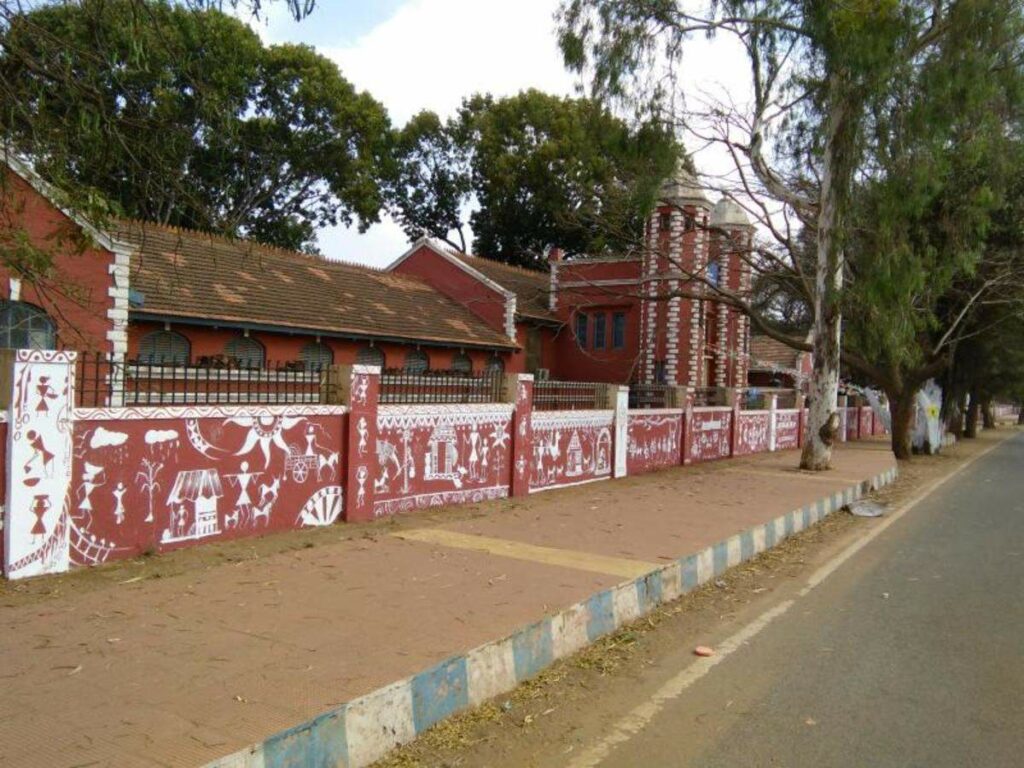
College road Dharwad © Times Of India 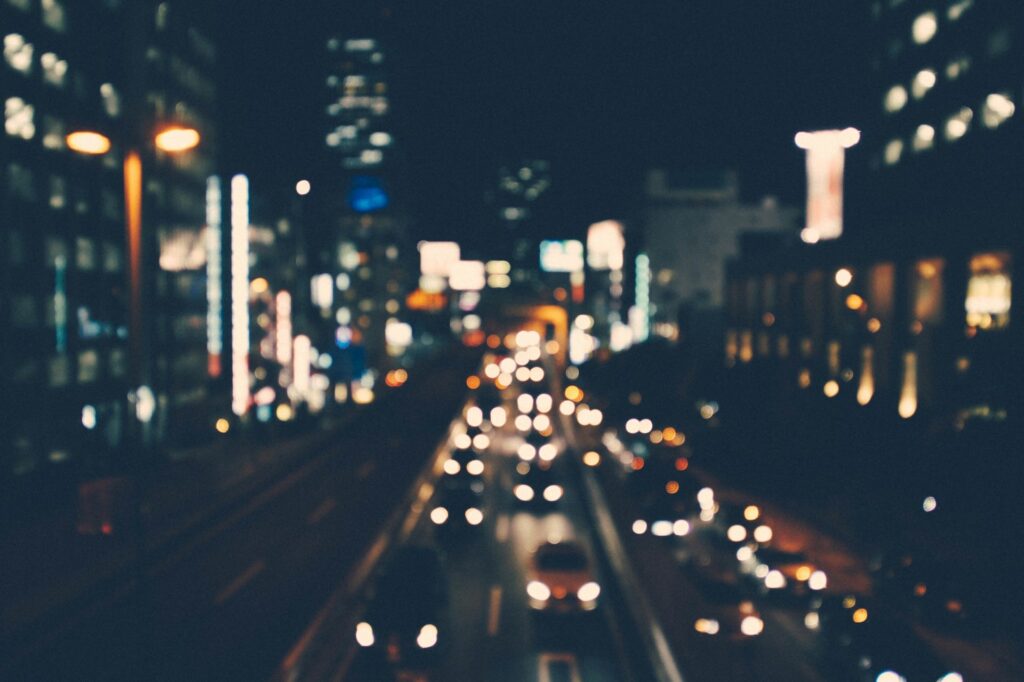
City life © Isreal Sundseth on Unsplash
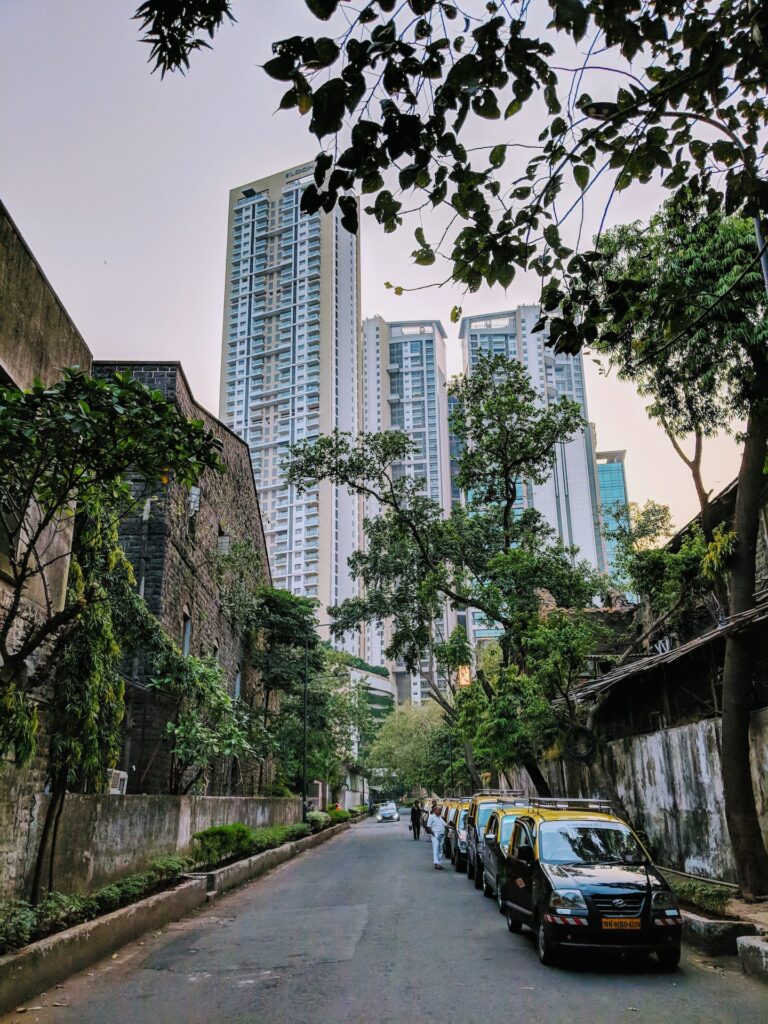
Housing in Mumbai © Joel Stevan on Unsplash 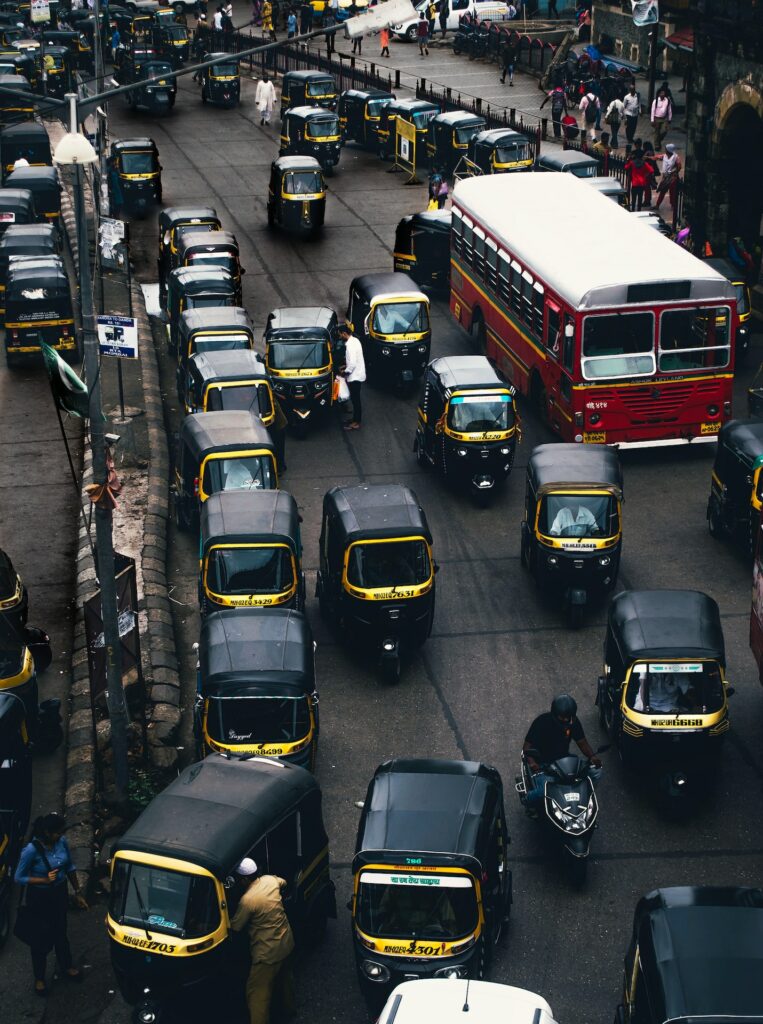
Mumbai’s traffic blend © Atharva Tulsi on Unsplash
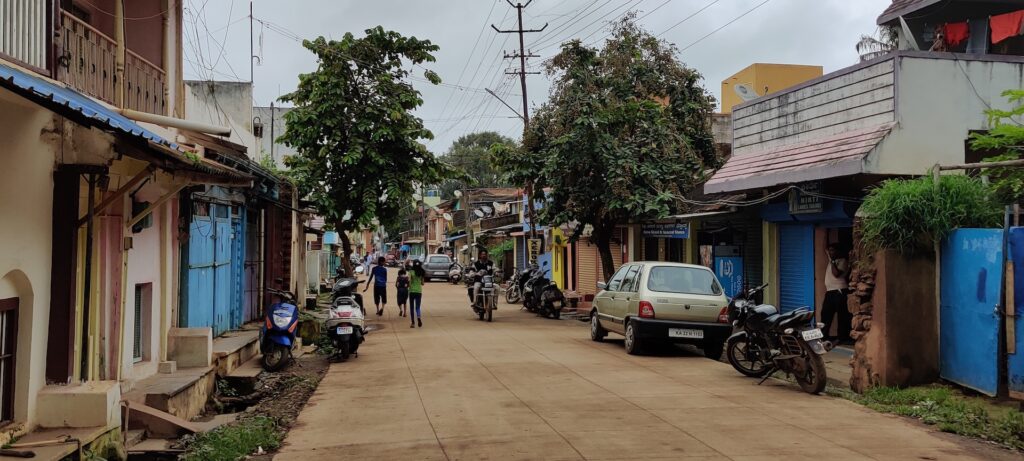
Dharwad’s Neighbourhood © Yashaswini RP
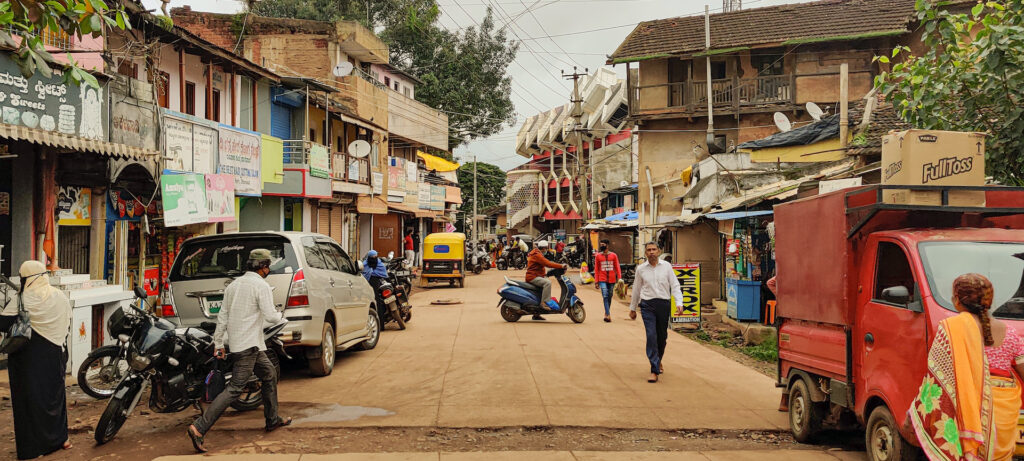
Dharwad city © Yashaswini RP 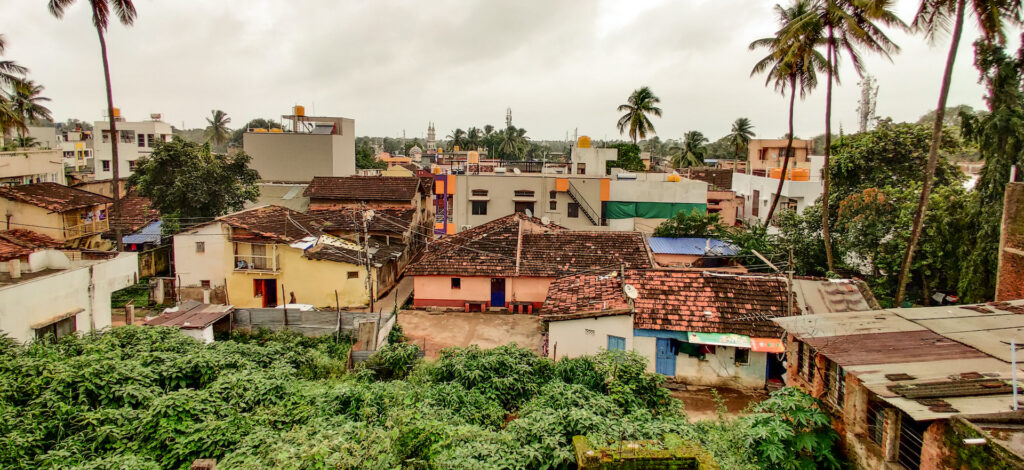
Housing in Dharwad © Yashaswini RP
The illusion of Mumbai and its embracing nature comes from the city’s busy outdoor life, which if taken away, becomes another nightmare with a monstrous metaphorical knee on my neck, making it difficult to breathe. Maybe I’ve understood what Correa meant. While this is a great city to experience, it’s a terrible place to live in. The reduced human interaction, the hostile community, the tighter compaction of living quarters, and the displaced social equity make it one of the most confusing cities in the world. One that takes you in, in a second, and then makes you realise you’re in exile here. If Dharwad is looking to become a city, much like any other town and the townsfolk often dream of, it must hold on to the neighbourhood which is its most valuable asset, and dream of making a new city where the macro and micro neighbourhoods blend into each other intricately and resemble each other closely, making the city great, and a wonderful place to live in.
Ar. Sahil Tanveer is an architect and thinker, who runs a cosmopolitan Architecture studio, Red Brick Design Studio based in Mumbai and Dharwad, with work across the country. He believes architecture is all-inclusive and personal, which has led him to read and write about how everything in life is connected to architecture.
